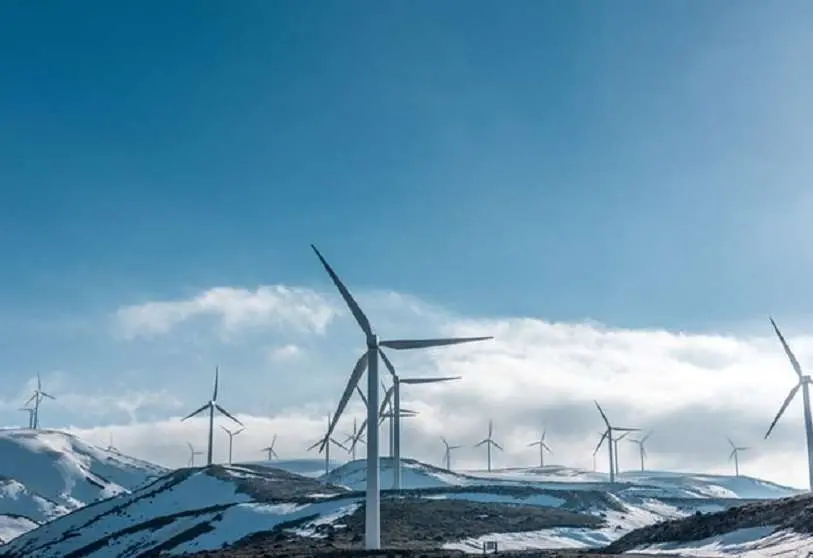Where does the money to curb climate change come from?

More than 40,000 international experts are meeting in Glasgow to find solutions to curb global warming. The most optimistic hope that the agreements will allow the temperature of the planet to remain 1.5 degrees above pre-industrial levels, a situation that would avoid many of the worst consequences of climate change. Pessimists, on the other hand, predict an increase of 2.3 degrees by 2030, which would have disastrous and irreversible consequences for global sustainability.
But if there is one thing that both optimists and pessimists agree on, it is that any solution to reducing greenhouse gas emissions requires financing. Forest and moorland conservation measures, for example, are unthinkable without financial resources to boost the competitiveness of local communities and ensure the maintenance of natural spaces. Similarly, to obtain clean energy, large investments are needed, for example, in solar panels, wind farms and wind turbines, among others.
Globally, investments in energy projects must double to 5 trillion dollars by 2030 to meet the challenge of becoming carbon neutral by 2050. In parallel, by 2050 we need to invest $8.1 trillion to protect natural ecosystems and biodiversity.
Green finance in Latin America reached almost $8 billion in 2019, but we are still far from the gap of at least $110 billion we need to adapt to climate change. To address these daunting figures, it is essential to adopt new financial instruments that on the one hand guarantee current financing and on the other attract new investments from the private sector.
At present, production systems continue to rely heavily on fossil fuels and polluting energies, so becoming carbon neutral seems inconceivable without a profound transformation of production industries. In this sense, multilateral banks will play an important role in catalysing funds and offering the security that investors need to make large disbursements in order to change production paradigms.
According to Stephany G. Jones, Director of Financial Markets at Columbia University's IPD, at one of the COP26 events in Glasgow, development banks have a key role to play in protecting investments, mitigating climate finance risks and fostering innovation.
On this front, one of the most dynamic players is the International Development Banks Club (IDFC), an organisation with 26 members working together on the Paris agreement, joining forces to promote and leverage investment in sustainable development around the world. Over the past six years, the IDFC has mobilised more than $1 trillion in green finance.
One of the most promising trends in climate finance is the carbon market, where countries transfer emission reductions on a voluntary or binding basis to each other. These markets are not yet regulated and the agreement between countries at COP26 will be crucial to revive them.
"Carbon markets are a great opportunity for Latin America and the Caribbean, as they are an efficient system to achieve climate finance. The region's large natural ecosystems play in our favour, as they are fundamental for preserving the global climate balance," says Jorge Arbache, CAF's Vice President for the Private Sector.
One of the good news that came out of the COP 26 in Glasgow is the commitment of various actors, especially multilaterals, to commit their financial resources. In this regard, CAF announced that over the next five years it will allocate USD 25 billion to finance green operations to help countries in the region meet their environmental and climate commitments. The organisation has set out to become the region's green bank, and is currently accredited with the main green funds for global financing, such as the Adaptation Fund, the Global Environment Facility (GEF) and the Green Climate Fund (GCF).
One of the agency's first actions was the contribution of USD 1 million to support conservation efforts in the Eastern Tropical Pacific Marine Corridor, an ecosystem shared by Colombia, Costa Rica, Ecuador and Panama that generates USD 3 billion annually mainly from fishing, tourism and shipping.
"At this rate of funding we will not achieve carbon neutrality by 2030. We need to raise more capital, and that will only be achieved with the integration of new financial instruments, such as the carbon market," says Arbache.
